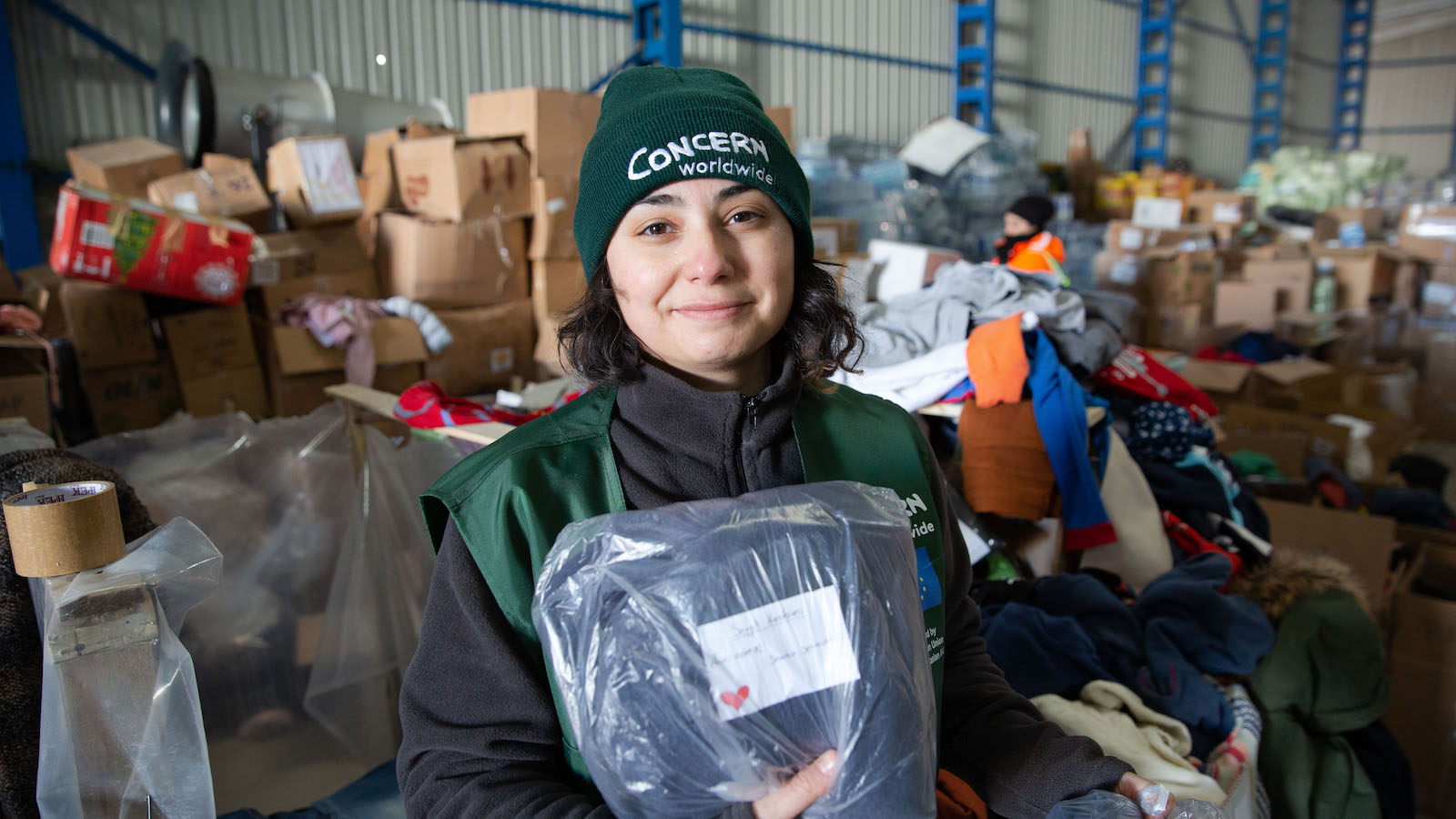
Humanitarian aid is essential for providing relief to those affected by disasters, conflicts, and crises. But what exactly is humanitarian aid? It involves delivering food, water, shelter, medical care, and other necessities to people in need. This assistance can come from governments, non-profits, international organizations, and even individuals. Why is it so important? Because it saves lives, alleviates suffering, and helps communities rebuild. Did you know that humanitarian aid workers often risk their own safety to help others? They work in some of the most dangerous and challenging environments on the planet. Want to learn more? Here are 24 fascinating facts about humanitarian aid that will give you a deeper understanding of its impact and significance.
Key Takeaways:
- Humanitarian aid saves lives and provides hope during emergencies, offering food, medical care, shelter, and more to those in distress.
- Organizations like the Red Cross, Doctors Without Borders, and UNICEF play crucial roles in delivering humanitarian aid to those in need.
What is Humanitarian Aid?
Humanitarian aid is assistance provided to people in distress. It aims to save lives, alleviate suffering, and maintain human dignity during and after emergencies. This aid can come in many forms, from food and water to medical supplies and shelter.
- Humanitarian aid is often provided during natural disasters like earthquakes, floods, and hurricanes.
- It also helps during man-made crises such as wars and conflicts.
- The United Nations plays a significant role in coordinating international humanitarian efforts.
- Non-governmental organizations (NGOs) are crucial in delivering aid on the ground.
- Humanitarian aid is usually short-term, focusing on immediate relief rather than long-term development.
Types of Humanitarian Aid
Different types of aid address various needs. Each type is essential for the well-being of affected populations.
- Food aid provides essential nutrition to those who have lost access to food.
- Medical aid includes supplies, personnel, and facilities to treat injuries and illnesses.
- Shelter aid offers temporary housing for those who have lost their homes.
- Water and sanitation aid ensures access to clean water and proper sanitation facilities.
- Educational aid helps children continue their education during crises.
Key Organizations in Humanitarian Aid
Several organizations are at the forefront of providing humanitarian assistance. They work tirelessly to ensure aid reaches those in need.
- The International Red Cross and Red Crescent Movement is one of the oldest and most well-known humanitarian organizations.
- Doctors Without Borders (Médecins Sans Frontières) provides medical care in conflict zones and disaster areas.
- World Food Programme (WFP) focuses on combating hunger worldwide.
- UNICEF works to protect children's rights and provide for their basic needs.
- Oxfam addresses poverty and injustice through various aid programs.
Challenges in Delivering Humanitarian Aid
Delivering aid is not without its challenges. Various obstacles can hinder the effectiveness of humanitarian efforts.
- Access issues can arise due to conflict, political restrictions, or natural barriers.
- Funding shortages often limit the amount of aid that can be provided.
- Security risks pose dangers to aid workers and recipients alike.
- Logistical challenges include transporting supplies to remote or hard-to-reach areas.
- Coordination problems can occur among different organizations and agencies.
Impact of Humanitarian Aid
Humanitarian aid has a profound impact on the lives of those it reaches. It provides hope and a chance for recovery.
- Lives saved: Immediate medical and food aid can save countless lives during emergencies.
- Disease prevention: Clean water and sanitation help prevent the spread of diseases.
- Psychological support: Aid often includes mental health services to help people cope with trauma.
- Community rebuilding: Aid helps communities rebuild and recover more quickly after disasters.
The Impact of Humanitarian Aid
Humanitarian aid changes lives. It provides immediate relief during crises, helps rebuild communities, and supports long-term development. From delivering emergency food supplies to constructing shelters for displaced families, aid organizations work tirelessly to meet basic needs. They also focus on healthcare, education, and economic development, ensuring communities can recover and thrive.
Aid efforts often face challenges like logistical hurdles, funding shortages, and political obstacles. Despite these, the dedication of aid workers and the generosity of donors make a significant difference. Every contribution, no matter how small, adds up to create a powerful impact.
Understanding the facts about humanitarian aid helps us appreciate its importance and encourages us to support these vital efforts. Whether through donations, volunteering, or spreading awareness, everyone can play a part in making the world a better place.
Frequently Asked Questions
Was this page helpful?
Our commitment to delivering trustworthy and engaging content is at the heart of what we do. Each fact on our site is contributed by real users like you, bringing a wealth of diverse insights and information. To ensure the highest standards of accuracy and reliability, our dedicated editors meticulously review each submission. This process guarantees that the facts we share are not only fascinating but also credible. Trust in our commitment to quality and authenticity as you explore and learn with us.
